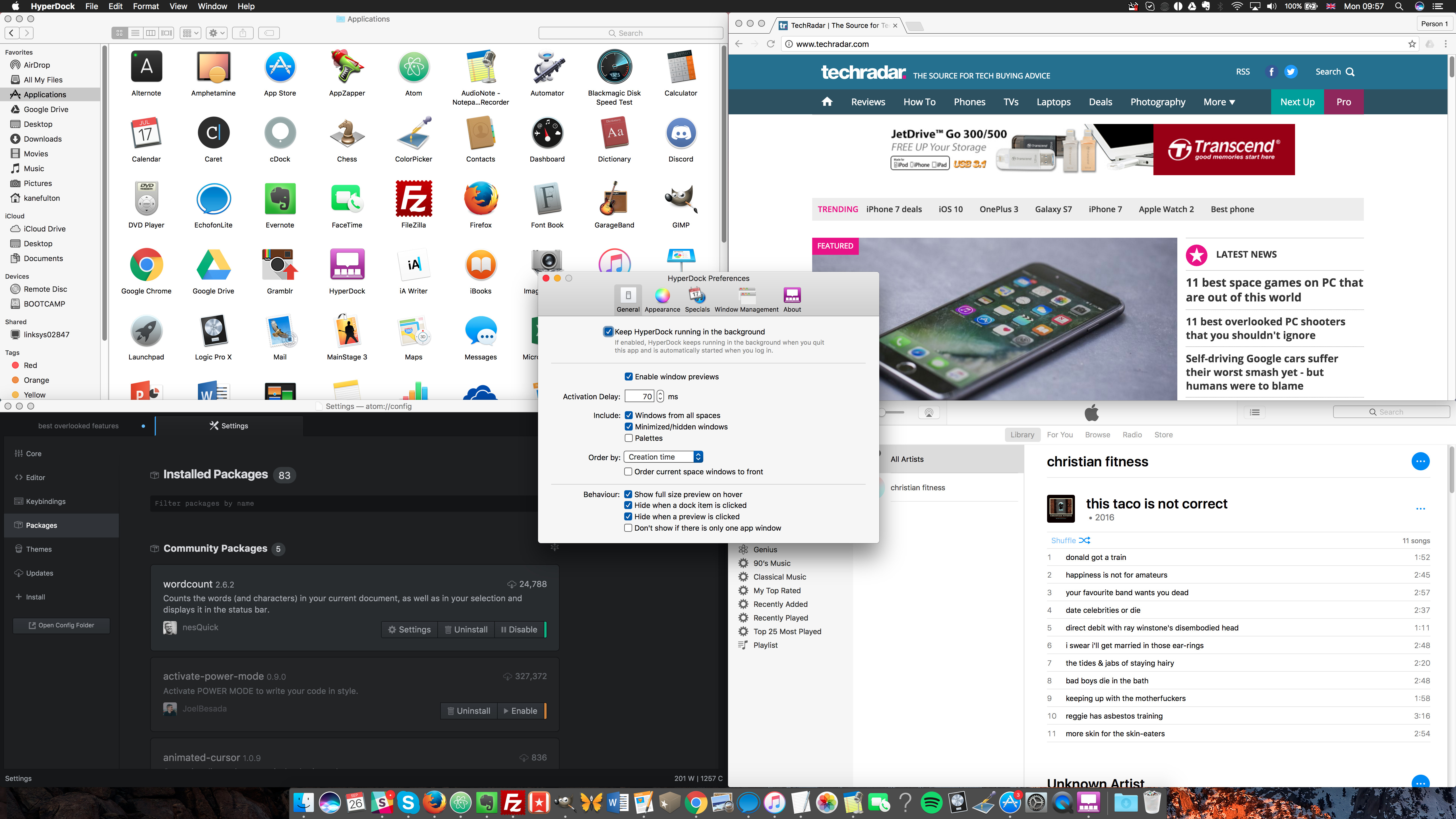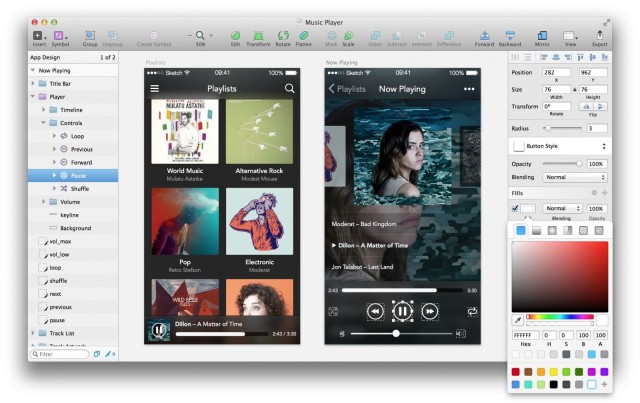- Best Photo Apps For Mac
- Photos App For Mac Download
- What Is The Mac Photo App Called One
- What Is The Mac Photo App Called Free
| Developer(s) | Apple Inc. |
|---|---|
| Initial release | January 7, 2002; 18 years ago[1] |
| Final release | 9.6.1 / March 19, 2015; 5 years ago |
| Operating system | macOS |
| License | Proprietary |
| Website | apple.com/mac/iphoto/[dead link] |
Organize your collection into albums, or keep your photos organized automatically with smart albums. Perfect your images with intuitive built-in editing tools, or use your favorite photos apps. And with iCloud Photos, you can keep all your photos and videos stored in iCloud and up to date on your Mac, Apple TV, iPhone, iPad, and even your PC. Another approach to finding the original file from Photos app on Mac is using the “Show Referenced” function, which will open a Finder window directly to a file that was chosen from the Photos app. Savvy Mac users will notice that Photos app images are located in the same package style containment as other common Mac apps, and in the same.
PhotoLine: Lots of Features but Lacks that Mac-Like Feel. Photoline is positioned as a Photoshop alternative. It is a commercial app with a large feature set. Its fast, powerful, and stable. Use extensions & plugins in Photos on the Mac. Photos in El Capitan addressed the issue of a lack of extensive editing tools within the app by letting app developers create add-ons that appear. Keeping up with friends is faster and easier than ever on your Mac. Share updates and photos, engage with friends and Pages, and stay connected to communities important to you. Features on the Facebook Mac app include:. See what friends are up to. Share updates, photos and video. Get notified when friends comment on your posts. The Cartoon Yourself app lets you turn your photo into 12 different cartoon drawings to choose from. The cartoonize effect is realistic and professional looking. You can modify the edge thickness and add stickers before or after turning your photo into a cartoon! No internet connection is required!
| Developer(s) | Apple Inc. |
|---|---|
| Final release | |
| Operating system | iOS |
| License | Proprietary |
| Website | apple.com/ios/iphoto/[dead link] |
iPhoto was a digital photograph manipulation software application developed by Apple Inc. It was included with every Macintoshpersonal computer from 2002 to 2015, when it was replaced with Apple's Photos application. Originally sold as part of the iLife suite of digital media management applications, iPhoto was able to import, organize, edit, print and share digital photos.
History[edit]
iPhoto was announced at Macworld 2002, during which Steve Jobs (then-CEO of Apple) also announced that macOS would be installed standard on new Macs from then on, and revealed new iMac and iBook models.[2]
On March 7, 2012, Apple CEO Tim Cook announced an iOS-native version of iPhoto alongside the third-generation iPad.[3]
On June 27, 2014, Apple announced that they would cease development of iPhoto and work on a transition to their new Photos app.[4] On February 5, 2015 Apple included a preview of Photos with a 10.10.3 beta.[5]
On April 8, 2015, Apple released OS X Yosemite 10.10.3, which includes the new Photos app. iPhoto and Aperture were discontinued and removed from the Mac App Store.
With the release of macOS Catalina 10.15 on October 7, 2019, iPhoto became unusable.
Features[edit]
Best Photo Apps For Mac
macOS version[edit]
iPhoto was designed to allow the importing of pictures from digital cameras, local storage devices such as USB flash drive, CDs, DVDs and hardrives to a user's iPhoto Library. Almost all digital cameras were recognized without additional software. iPhoto supported most common image file formats, including several Raw image formats.[6] iPhoto also supported videos from cameras, but editing was limited to trimming clips.[citation needed]
After photos were imported, they could be titled, labeled, sorted and organized into groups (known as 'events'). Individual photos could be edited with basic image manipulation tools, such as a red-eye filter, contrast and brightness adjustments, cropping and resizing tools, and other basic functions. iPhoto did not, however, provide the comprehensive editing functionality of programs such as Apple's own Aperture, or Adobe's Photoshop (not to be confused with Photoshop Elements or Album), or GIMP.
iPhoto offered numerous options for sharing photos. Photo albums could be made into dynamic slideshows and optionally set to music imported from iTunes. Photos could be shared via iMessage, Mail, Facebook, Flickr and Twitter. Creating and sharing iCloud Photostreams are possible as well,[7] both public and invitation based ones. iPhoto was also able to sync photo albums to any iPod with a color display. These iPods might also have an audio/video output to allow photos to be played back, along with music, on any modern television. Additionally, photos could be printed to a local printer, or, in certain markets, be sent over the internet to Kodak for professional printing. iPhoto users could order a range of products, including standard prints, posters, cards, calendars, and 100-page hardcover or softcover volumes—again, such services were available only to users in certain markets.[8]
iOS version[edit]
At an Apple media event on March 7, 2012, Apple CEO Tim Cook announced a new version of iPhoto for use on the iOS mobile operating system.[9] iPhoto for iOS was made available that day on the App Store for US$4.99 alongside the already-released iMovie and GarageBand for iOS. It was officially supported on the iPhone 4 and later, iPod Touch (4th and 5th generations), iPad 2 and later and iPad Mini (1st and 2nd generations), but hackers discovered that it could be installed manually on older devices using Apple's iPhone Configuration Utility.[10][11]
iPhoto for iOS offered a feature set fairly comparable to that of its Mac counterpart. It could organize photos that were synced to the device or taken with its camera. Editing features included color correction tools and photo effects, as well as cropping and straightening tools. iPhoto for iOS lacked tools for creating books, calendars, cards and ordering prints, though it could create 'Photo Journals'—digital photo collages that could be uploaded to Apple's iCloud service and shared.[12]
iPhoto for iOS was highly praised for its professional tools, good performance and compatibility.[13]
iPhoto for iOS was discontinued in 2014 and removed from the App Store in favor of Photos.
See also[edit]
References[edit]
- ^'Apple Introduces iPhoto'. Retrieved May 11, 2012.
- ^'Macworld keynote: New iMac, iBooks, iPhoto'. Geek. January 7, 2002. Retrieved April 10, 2015.
- ^'Apple launches third-generation iPad with hi-res screen, and iPhoto for iOS'. Digital Photography Review. March 7, 2012. Retrieved February 8, 2014.
- ^'Apple To Cease Development Of Aperture And Transition Users To Photos For OS X'. June 27, 2014. Retrieved June 27, 2014.
- ^'Photos preview'. Archived from the original on April 7, 2015. Retrieved September 9, 2017.
- ^'Apple - OS X Mavericks: Supported digital camera RAW formats'. Apple Inc. Retrieved March 14, 2014.
- ^'Apple - iPhoto 9.5: iCloud Photo Sharing overview'. Apple Inc. Retrieved March 14, 2014.
- ^'Apple - Print Products for Mac'. Apple Inc. Retrieved March 14, 2014.
- ^'iPhoto for iOS now available on App Store for $4.99'. Idownloadblog.com. March 7, 2012. Retrieved March 16, 2012.
- ^iPhone Configuration Utility.
- ^Dilger, Daniel Eran. 'New iPhoto and iMovie apps can manually be copied to original iPad'. Retrieved April 22, 2012.
- ^Dove, Jackie. 'iPhoto Version 1.0 Review'. Retrieved April 22, 2012.
- ^Boehret, Katherine (March 13, 2012). 'Letting Your Fingers Do the Photo Editing'. All Things Digital. Retrieved March 16, 2012.
External links[edit]
- Video of iPhoto introduction at Macworld San Francisco on YouTube
- Original iPhoto TV ad on YouTube
| Developer(s) | Apple Computer |
|---|---|
| Stable release | 1.10 (141) / July 9, 2018; 2 years ago[1] |
| Operating system | OS X |
| Type | screen capture |
| Website | www.apple.com/it |

Photos App For Mac Download
Grab is a utility program in macOS for taking screenshots. It supports capturing a marquee selection, a whole window, and the whole screen, as well as timed screenshots.
The program originated in OPENSTEP and NeXTSTEP, and continued to be preinstalled by Apple on macOS until version 10.13 (High Sierra). It was replaced by the utility Screenshot in macOS 10.14 (Mojave).[2]
macOS[edit]
On macOS versions 10.13 and earlier, Grab is found in the folder Utilities, which is a subdirectory of Applications. It may be quickly opened by using the Spotlight function when entering grab, or by pressing ⌘ Cmd+⇧ Shift+G and typing /Applications/Utilities/Grab.app in application Finder. It was previously also found in the Finder menu under Services > Grab. As of Mac OS X v10.4Preview had a submenu item (Take Screenshot) in the File menu, with selection, window, and timed screen.[citation needed] in more recent versions of macOS.[2]
Grab saves screenshots in the Tagged Image File Format (TIFF). In macOS, it is also possible to save screenshots directly to the Desktop in PDF format (earlier versions of macOS) or PNG format (later versions), using keystrokes shown below. For DRM reasons, it is not possible to use this software while DVD Player is open.
Grab helps determine the size of an element on the screen. After using the selection feature and capturing the screen, one can select Inspector from the menu or press ⌘ Cmd+1 (or ⌘ Cmd+I); a dialog box will appear with the dimensions of the selected area.
Capture options[edit]
- Selection - takes a picture of a part of the screen that you select.[3]
- Window - takes a picture of a window you select.[3]
- Screen - takes a picture of the entire screen.[3]
- Timed - screen lets user start a timer and activate part of the screen (such as a menu), and then takes a picture of the screen.[3]

Shortcuts[edit]
What Is The Mac Photo App Called One

| Action | Shortcut |
|---|---|
| Take a picture of the whole screen | ⌘ Cmd+⇧ Shift+3 (Holding Ctrl saves the image to the clipboard instead of to a file on the disk.) |
| Take a picture of part of the screen | ⌘ Cmd+⇧ Shift+4, then drag to select the area desired in the picture. (Holding Ctrl saves the image to the clipboard.) Escape cancels the procedure. |
| Take a picture of a window, a menu, the menu bar, or the Dock | Press ⌘ Cmd+⇧ Shift+4, then press the Space bar. Move the pointer over the area desired so that it is highlighted, then click. To drag to select the area instead, press the Space bar again. Escape cancels the procedure. |
References[edit]
What Is The Mac Photo App Called Free
- ^'macOS 10.13.6 release date'. Retrieved October 7, 2018.
- ^ ab'How to take a screenshot on your Mac'. Retrieved October 7, 2018.
- ^ abcd'Use Grab to take screenshots of all or part of your screen'. Apple Support.